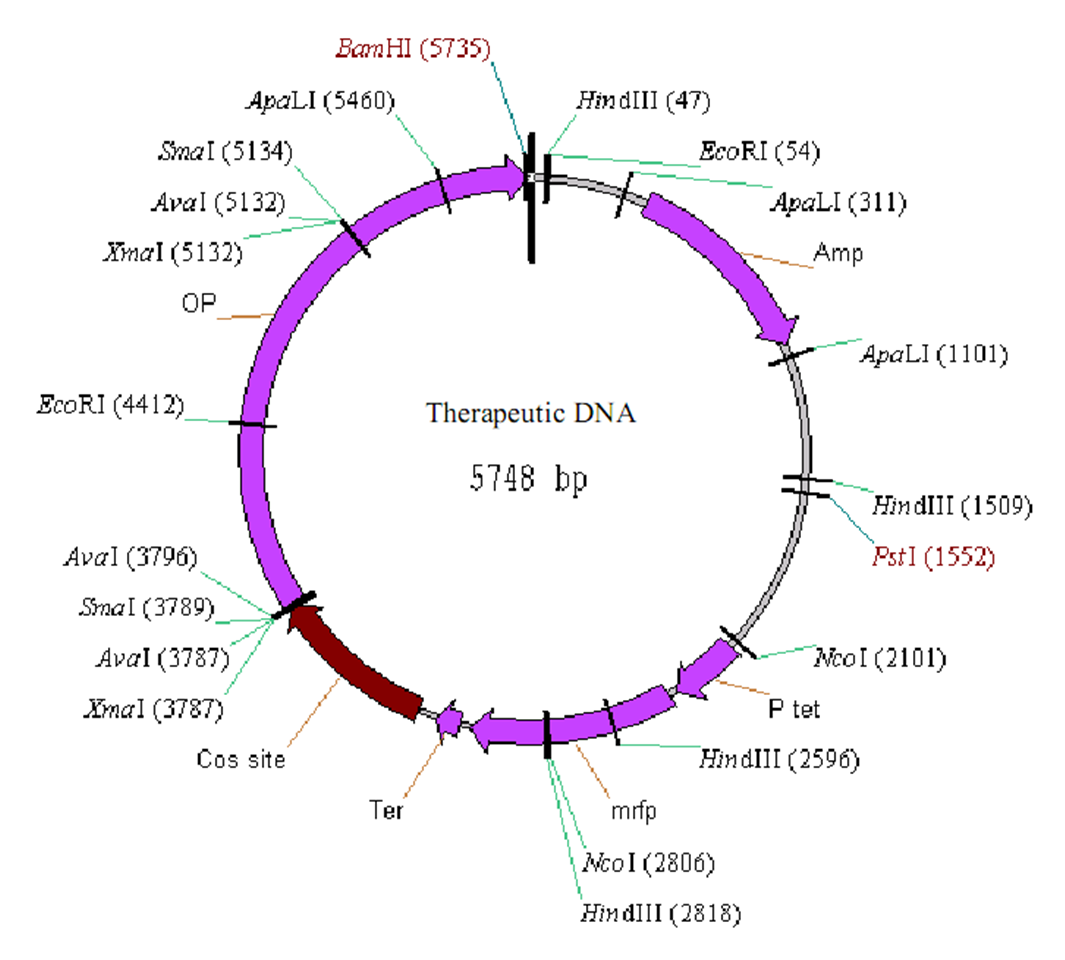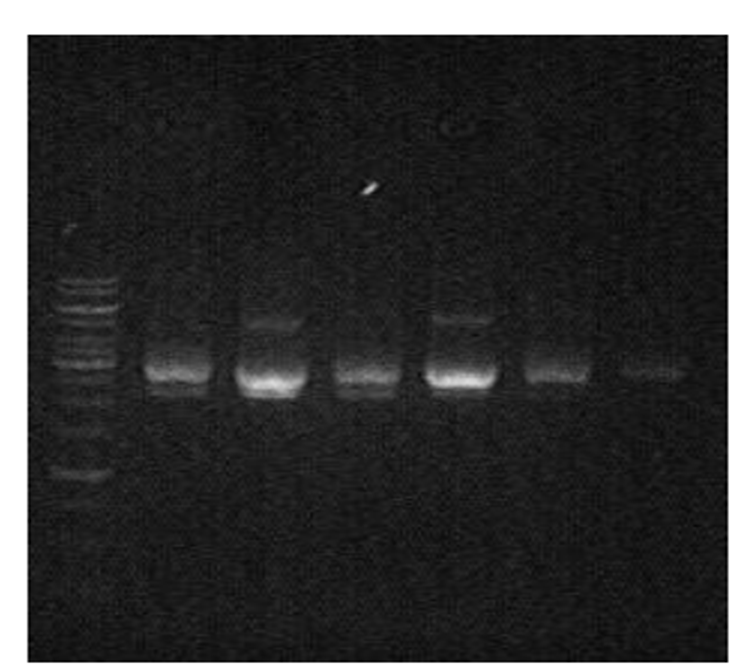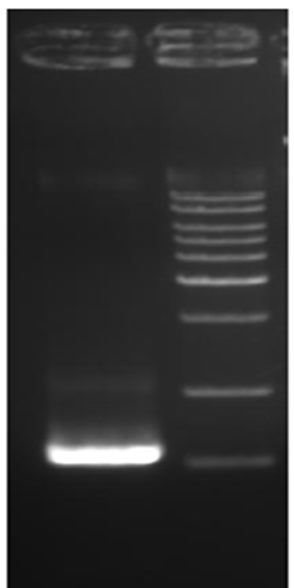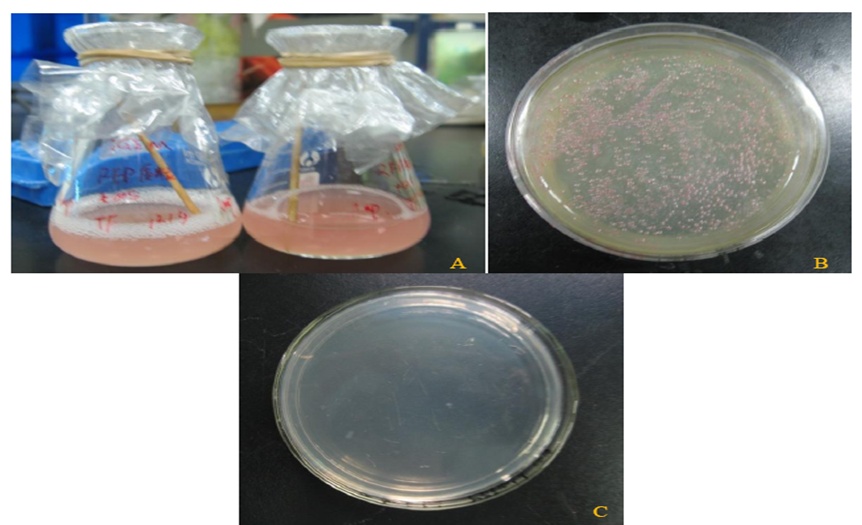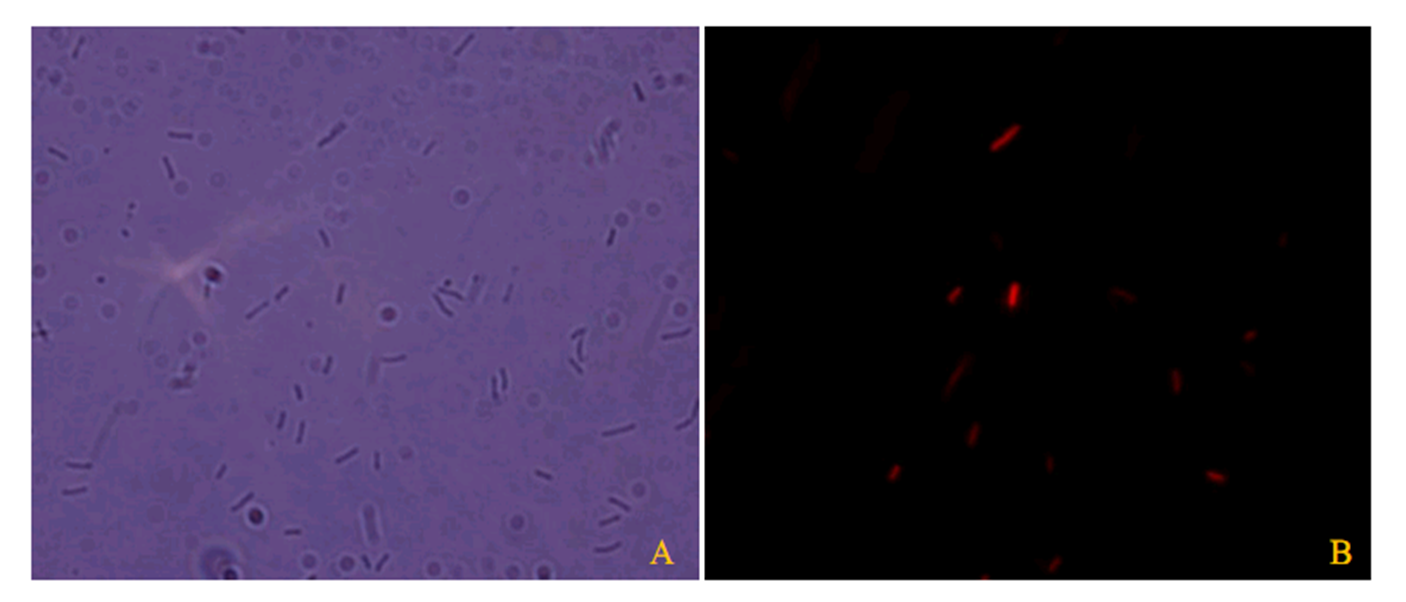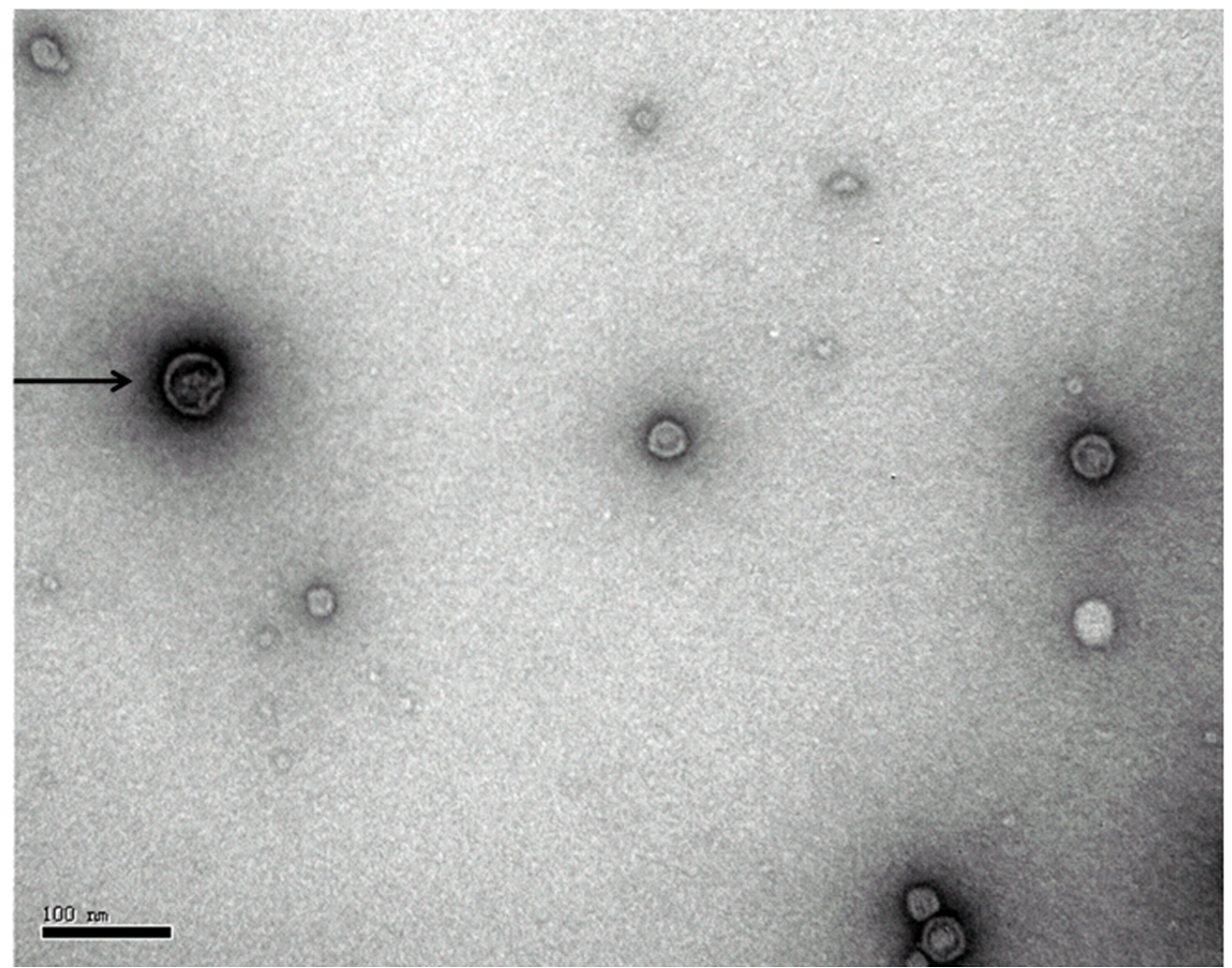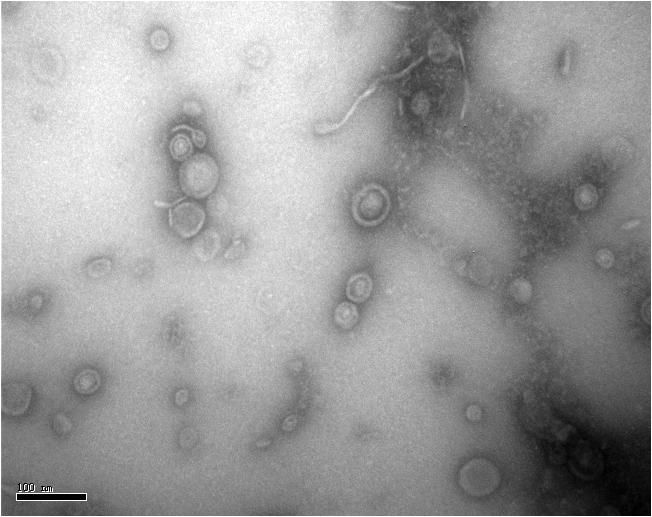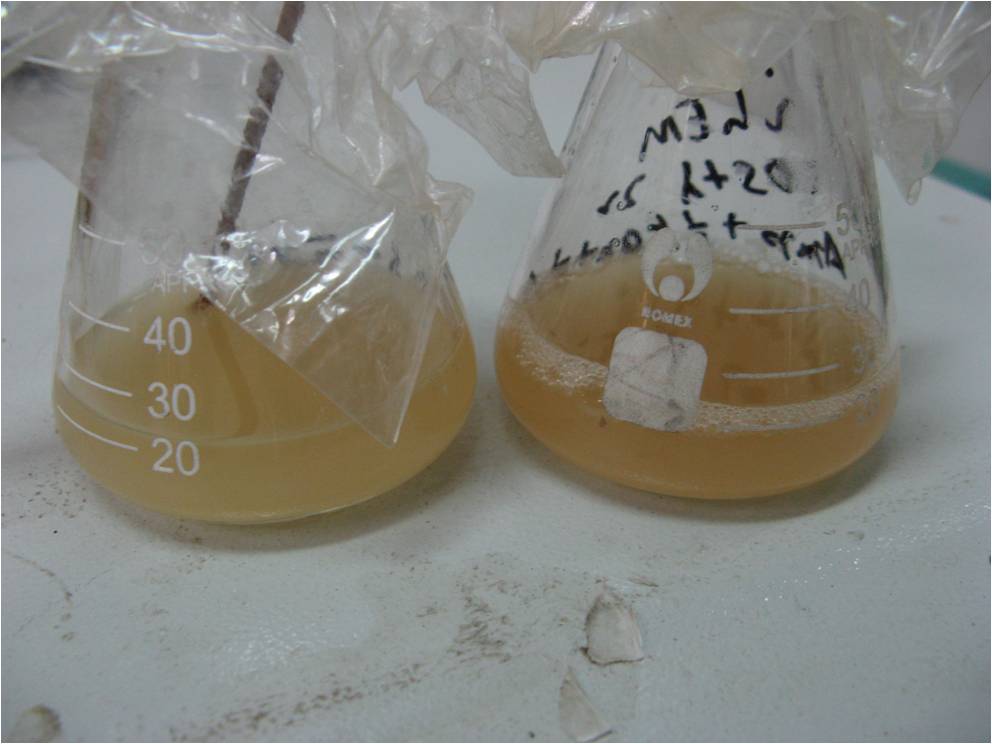Team:Tsinghua/Result2
From 2009.igem.org
| Home | Background | Brainstorming | Design | Experiment | Results | Conclusion | Protocol |
|---|
Construction and Characterization of Therapeutic DNA
The map of the Therapeutic DNA is listed above. It contains a incorporated cos site, O and P genes for replication and RFP expression segment. We should note that the RFP expression module in this Therapeutic DNA is downstream a prokaryotic promoter, which enable us to trace the function of the Therapeutic DNA according to red fluorescence. However, when applied to clinical use, the RFP expression segment can be replaced by the real therapeutic genes.
We have completed the construction of Therapeutic DNA and proved that it contains the cos site for the package into the GenSniper virion through PCR.
In theory, the therapeutic DNA should enable the bacteria containing it to express RFP. Fortunately, the red fluorescent was so strong to be observed via naked eyes. Also, fluorescence microscopy confirmed our observation.
Since the original Part_J61031 contains both Kan and Amp resistance, which will render the incompatibility for Therapeutic DNA and pET-28a-based constructs, we cut the region of Kan-Amp resistance on the molecular level and reconstructed a cosmid with only Amp resistance. B shows the plate with Amp and Therapeutic DNA transformed E.coli. C shows the plate with Kan and Therapeutic DNA transformed E.coli. These results suggests that the single resistance "cosmid" has been successfully constructed.
Co-Functioning of Therapeutic DNA with GenSniper Genome
Co-tranformation between Therapeutic DNA and either or both linkage groups (or plasmids) indicates anticipated results. However, the concentration of antibiotics should be slightly modified. Since these modification will not allow the control groups to grow, we confirmed that the co-transformed strains were mostly positive.
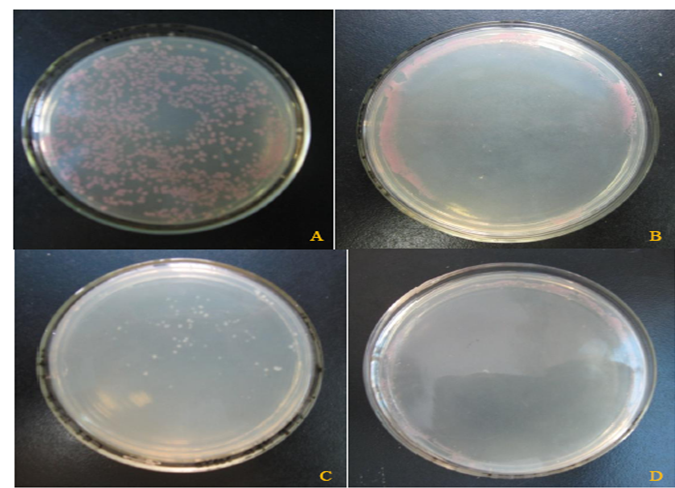
The next crucial step is that Theraputic DNA can be packaged into the GenSniper genome. As showed in the results of Module I, we have gained the desired the GenSniper virion without Therapeutic DNA packaging. When we further co-transformed the GenSniper genome and Therapeutic DNA for GenSniper virion production with the packaged DNA, the purified solution also contains the desired protein complex. We also tested a control group where the empty vectors pET-28a and pACYCDuet-1 were introduced into BL21 DE3 strain.
Interestingly, when we pick up colonies from the triple-antibiotics plate after co-tranformation of Therapeutic DNA, pET-28a+Nu1+A+W+B and pACYCDuet-1+lysis+C+D+E+FI+FII, the true positive colonies (of course there were some false positive) can grow in the liquid media with triple-antibiotics, but the media did not change red. The color of the liquid media of co-transformed strain seemed to be slightly darker than the control group. However, after centrofugation, the deposit of the cells shows obvious red color, which undoubtedly proved the presence of Therapeutic DNA.
In addition, PCR identification of cos site indicates positive result. However, the positive result indicates that a stuffer seems to be unnecessary for the package of Therapeutic DNA in the GenSniper Virion, while the wildtype bacteriophage lambda can only package the circular DNA with the length between 40-50 kb. According to the negative controls, the non-specific DNA or other molecules would be very unlikely to give rise to this correct band with such a high specificity. So whether or not Therapeutic DNA needs a stuffer is still unclear.
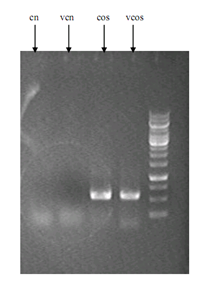
In conclusion, we have successfully built Therapeutic DNA able to co-function with GenSniper genome and generated the desired GenSniper virions with Therapeutic DNA packaged into them. However, some of the experimental details worth further exploring.
 "
"
